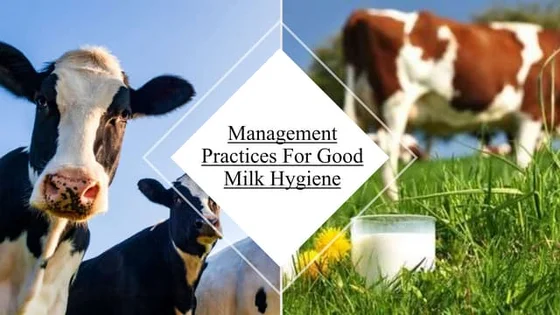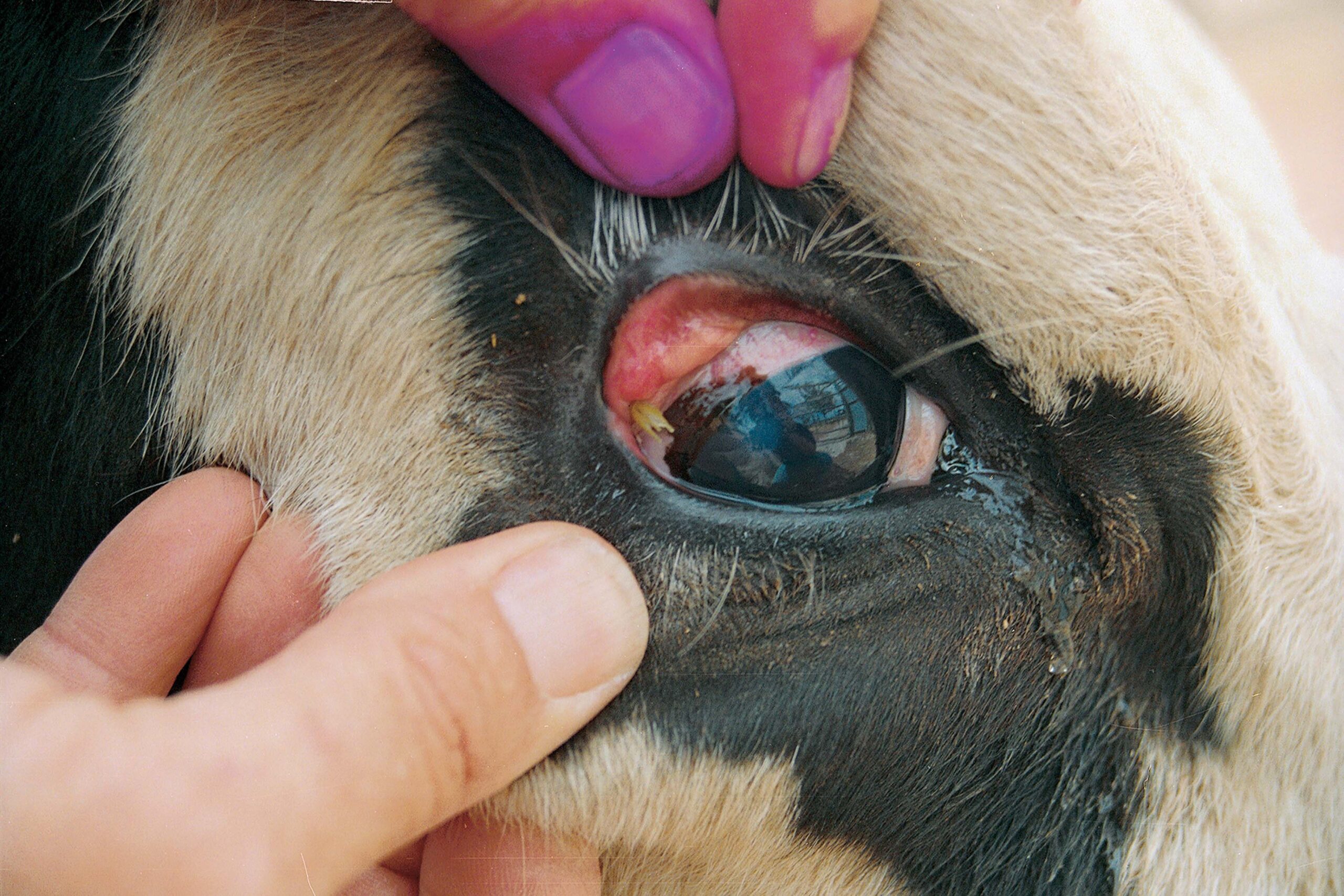
Hygiene in Milk Production: Implementing Latest Practices for Quality Assurance
Introduction
Hygienic milk production is an essential aspect of ensuring the safety, quality, and integrity of the milk consumed by millions of people worldwide. It encompasses a set of practices and protocols aimed at maintaining cleanliness, minimizing contamination, and promoting good hygiene standards throughout the milk production process. With increasing concerns about food safety and the demand for high-quality dairy products, the importance of hygienic milk production has become paramount in the dairy industry. The process of hygienic milk production begins on the dairy farm and extends through milking, storage, transportation, processing, and distribution. It involves implementing rigorous measures to prevent the introduction and proliferation of harmful microorganisms, toxins, and foreign substances that can compromise the safety and quality of milk.
Milk, being a nutrient-rich liquid, provides an ideal environment for the growth of microorganisms, some of which can pose significant health risks to consumers. Therefore, maintaining strict hygiene practices is crucial to mitigate these risks and ensure that milk is safe for consumption. Hygienic milk production involves various key aspects, such as proper facility and equipment sanitation, personal hygiene of workers, cow cleanliness and health management, efficient milk collection and storage, testing and quality control procedures, and ongoing education and training. Embracing the latest practices and technologies in hygiene further enhances the ability to maintain high standards and meet regulatory requirements. By prioritizing hygiene in milk production, dairy farmers, milk producers, and the entire supply chain can uphold consumer confidence, protect public health, comply with regulations, and contribute to the overall reputation of the dairy industry. It is a collective effort that requires continuous vigilance, adherence to best practices, and a commitment to quality and safety.
As the demand for clean and safe dairy products continues to rise, it is essential for dairy farmers and milk producers to adopt and implement the latest hygiene practices. This article explores the importance of hygiene in milk production and highlights some of the latest practices that can be employed to maintain high standards.
Principle of hygienic milk production:
The principle of hygienic milk production is based on implementing practices and measures to ensure the cleanliness, safety, and quality of milk throughout the production process. Key principles of hygienic milk production:
- Prevention of Contamination
The principle of preventing contamination involves taking proactive steps to avoid the introduction of harmful substances or microorganisms into the milk. This includes maintaining a clean and controlled environment, proper cow hygiene, and preventing cross-contamination during milking and handling processes.
- Sanitization of Facilities and Equipment
One of the fundamental steps in ensuring hygiene in milk production is maintaining clean and sanitized facilities and equipment. Regular cleaning of milking parlors, storage tanks, pipelines, and utensils is essential to prevent the growth of harmful bacteria. The use of approved sanitizers and detergents, coupled with proper cleaning techniques, helps eliminate contaminants and maintain a sterile environment.
- Personal Hygiene
Maintaining personal hygiene is vital for everyone involved in milk production, including farmers, workers, and technicians. Practicing good hand hygiene, wearing clean clothing, and using protective gear, such as gloves and boots, significantly reduce the risk of introducing harmful bacteria into the milk. Regular health checks and immunizations for workers are also important to ensure a healthy workforce.
4. Cow Hygiene and Health
Healthy cows contribute to high-quality milk production. Proper hygiene practices should be implemented to maintain cow cleanliness, including regular grooming, clean and dry bedding, and effective manure management. Regular veterinary care and timely vaccinations help prevent the spread of diseases and maintain cow health. Cows with udder infections should be identified and treated promptly to prevent contamination of the milk.
5. Milk Collection and Storage:
Efficient milk collection and storage processes are crucial to maintaining milk quality. Properly trained personnel should handle the milk, ensuring minimal contact with the external environment. Automated milking systems help reduce the risk of contamination. Cooling milk rapidly after collection to temperatures below 4°C (39°F) inhibits bacterial growth. Milk storage tanks should be cleaned regularly, and milk should be stored separately based on quality parameters to avoid cross-contamination.
6. Testing and Quality Control
Regular testing and quality control procedures should be in place to monitor the safety and quality of milk. This includes testing for antibiotics, somatic cell counts, bacterial load, and other quality parameters. Timely and accurate testing helps identify any potential issues early, enabling corrective actions to be taken promptly.
7. Packaging and Transportation
Packaging and transporting milk in clean and sterile conditions are vital to maintaining its hygiene. Proper packaging materials, cleanliness, and adherence to hygiene protocols during transportation help prevent contamination and maintain milk quality.
8. Training and Education
Continuous training and education are vital for dairy farmers and milk producers to stay updated with the latest hygiene practices. Regular workshops, seminars, and access to educational resources help disseminate knowledge about hygiene protocols, emerging technologies, and best practices. Encouraging a culture of hygiene awareness and accountability among all stakeholders fosters a collective effort towards maintaining high standards.
Importance of hygienic milk production:
| Aspects of Hygienic Milk Production | Importance |
| Isolating Cows from Contaminants | Prevents the introduction of harmful substances and microorganisms into the milk. |
| Proper Feeding and Watering Practices | Ensures that cows receive a balanced diet and clean water, promoting their health and milk quality. |
| Maintaining a Clean and Sanitary Milking Environment | Reduces the risk of milk contamination during the milking process by minimizing exposure to dirt, bacteria, and other contaminants. |
| Regular Cleaning and Sanitization of Milking Equipment | Prevents the buildup of bacteria and maintains equipment functionality, reducing the risk of milk contamination. |
| Proper Milking Techniques and Hygiene Practices | Minimizes the transfer of bacteria and ensures the cleanliness of udders and hands during milking, maintaining milk quality. |
| Proper Storage and Cooling of Milk | Rapid cooling and proper storage temperature inhibit bacterial growth, preserving milk freshness and quality. |
| Quality Testing and Monitoring of Milk | Ensures that milk meets regulatory standards and identifies any potential contamination or quality issues. |
| Effective Disease Prevention and Control Measures | Prevents the transmission of diseases from cows to milk, safeguarding both animal and consumer health. |
| Packaging and Transportation in Clean and Sterile Conditions | Maintains the cleanliness and integrity of milk during packaging and transportation, preventing contamination. |
- These aspects presented in a tabular formhighlight the various steps and practices involved in hygienic milk production, emphasizing the importance of each aspect in ensuring safe and high-quality milk for consumers.
Latest practices that can be employed to maintain high standards in hygiene milk production:
- Hazard Analysis and Critical Control Points (HACCP)
Implementing a HACCP system is a proactive approach to identify and control potential hazards in milk production. It involves conducting a thorough analysis of the production process, identifying critical control points, and establishing protocols to monitor and control those points to ensure milk safety and quality.
- Automated Milking Systems
Automated milking systems reduce the risk of contamination by minimizing human contact with milk during the milking process. These systems use advanced technology to clean and sanitize teats, monitor milk quality, and automate the milking process, ensuring hygienic milk production.
- Rapid Pathogen Detection
Utilizing rapid pathogen detection methods, such as polymerase chain reaction (PCR) and enzyme-linked immunosorbent assay (ELISA), enables quick and accurate identification of harmful bacteria, such as Salmonella, E. coli, and Listeria. Early detection helps prevent contaminated milk from entering the supply chain and facilitates prompt corrective actions.
- Advanced Cleaning and Sanitization Techniques
New cleaning and sanitization techniques, such as foam cleaning and dry sanitizing, offer improved effectiveness in eliminating bacteria and biofilms. These methods help reach difficult-to-clean areas, ensure thorough sanitation of equipment and surfaces, and reduce the risk of cross-contamination.
- Data Monitoring and Traceability
Implementing digital systems for data monitoring and traceability allows real-time tracking of milk production, storage conditions, and quality parameters. This data-driven approach enhances transparency, facilitates early detection of issues, and enables targeted interventions to maintain high hygiene standards.
- UV-C Light Technology
UV-C light technology is increasingly used in the dairy industry for sterilizing air, surfaces, and water. UV-C light has germicidal properties that can effectively eliminate bacteria and molds without the use of chemicals, providing an additional layer of hygiene assurance.
- Employee Training and Hygiene Protocols
Continuous training and education for all personnel involved in milk production are essential. Training programs should focus on proper hygiene practices, equipment handling, cleaning protocols, and adherence to standard operating procedures (SOPs). Regular reinforcement of hygiene protocols through internal audits and monitoring systems helps maintain high standards.
- Sustainable Hygiene Practices
Adopting sustainable hygiene practices not only promotes environmental responsibility but also contributes to improved milk quality. This includes optimizing water usage, proper waste management, energy-efficient processes, and the use of eco-friendly cleaning agents. Sustainability initiatives align with consumer expectations and enhance the overall reputation of milk producers.
- Collaboration and Information Sharing
Collaboration among dairy industry stakeholders, including farmers, processors, regulators, and researchers, fosters the exchange of knowledge and best practices. Sharing information about emerging threats, technological advancements, and successful hygiene strategies helps raise the bar for hygiene standards across the industry.
- Continuous Improvement and Innovation
Maintaining high standards in hygiene milk production requires a commitment to continuous improvement and embracing innovative solutions. Staying updated with the latest research, industry trends, and technological advancements enables milk producers to adopt new practices and technologies that enhance hygiene and overall product quality.
- By implementing these latest practices, milk producers can ensure the production of safe, high-quality milk that meets the expectations of consumers and regulatory standards.
- Diagrammatic representation of a “From Farm to Table Clean Milk Production System”:
The diagram demonstrates the various stages and actions involved in ensuring a clean and safe milk production system, from managing healthy cows on the farm to conducting quality testing, packaging, transportation, and finally providing consumers with access to high-quality milk products.
Conclusion
Hygiene in milk production is not only a legal requirement but also a moral responsibility towards consumers. By implementing the latest practices discussed above, dairy farmers and milk producers can ensure the safety, quality, and integrity of the milk they produce. Adhering to stricthygiene standards, such as preventing contamination, maintaining clean milking environments, practicing proper hygiene during milking, and implementing effective disease prevention measures, is crucial. Additionally, regular quality testing, proper cooling and storage, and maintaining clean packaging and transportation conditions are essential for maintaining the integrity of milk. By embracing the latest practices and advancements in hygiene, dairy producers can confidently deliver hygienic milk products that meet the highest standards of quality assurance, gaining the trust and satisfaction of consumers.
Varsha Vihan*1 and Chirag Singh2
1Dairy Technology Division, ICAR-National Dairy Research Institute, Karnal, Haryana
2Department of Livestock Product Technology, College of Veterinary Science and Animal Husbandry, U.P. Pandit Deen Dayal Upadhyaya Pashu Chikitsa Vigyan Vishwavidyalaya Evam Go-AnusandhanSansthan, Mathura, Uttar Pradesh
Corresponding author: Email- *varshavihan16495@gmail.com

















